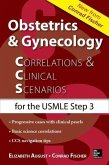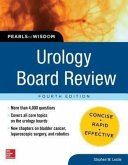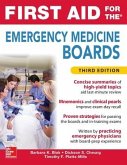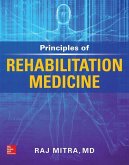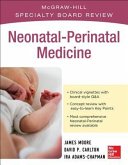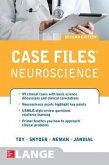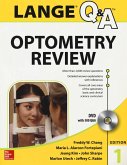Publisher's Note: Products purchased from Third Party sellers are not guaranteed by the publisher for quality, authenticity, or access to any online entitlements included with the product. The most effective self-assessment tool for any clinician who interprets ECGs! This unique resource offers 200 full-sized, three-channel ECGs with lead II rhythm strips, in a format that parallels the cardiology board exam. Each ECG is accompanied by a brief clinical history and followed by a narrative interpretation and board simulation, along with references for further study. A special bonus is the comprehensive section that provides diagnostic criteria for common electrocardiographic diagnoses. Features: *Perfect for boards in cardiology, critical care, and anesthesiology-or for clinical practice *200 full-size, three-channel ECGs with rhythm strip *Each ECG accompanied by a brief clinical history in board format *Narrative and board-type interpretations on facing page *ECGs range from simple to complex, reflecting conditions both common and rare *Review of diagnostic criteria for common electrocardiographic diagnoses included *References provided for further research or study The ultimate study aid for certification, re-certification, CME-or as a clinical refresher-this unique skill- and knowledge-building tool will help you to hone your skills in interpreting cardiac arrhythmias and other electrocardiographic abnormalities, as well as help you to effectively correlate ECG data with clinical information. More than just a study guide, this one-of-a-kind resource includes reference material that every electrocardiographer will find useful in daily clinical practice.
Hinweis: Dieser Artikel kann nur an eine deutsche Lieferadresse ausgeliefert werden.
Hinweis: Dieser Artikel kann nur an eine deutsche Lieferadresse ausgeliefert werden.


